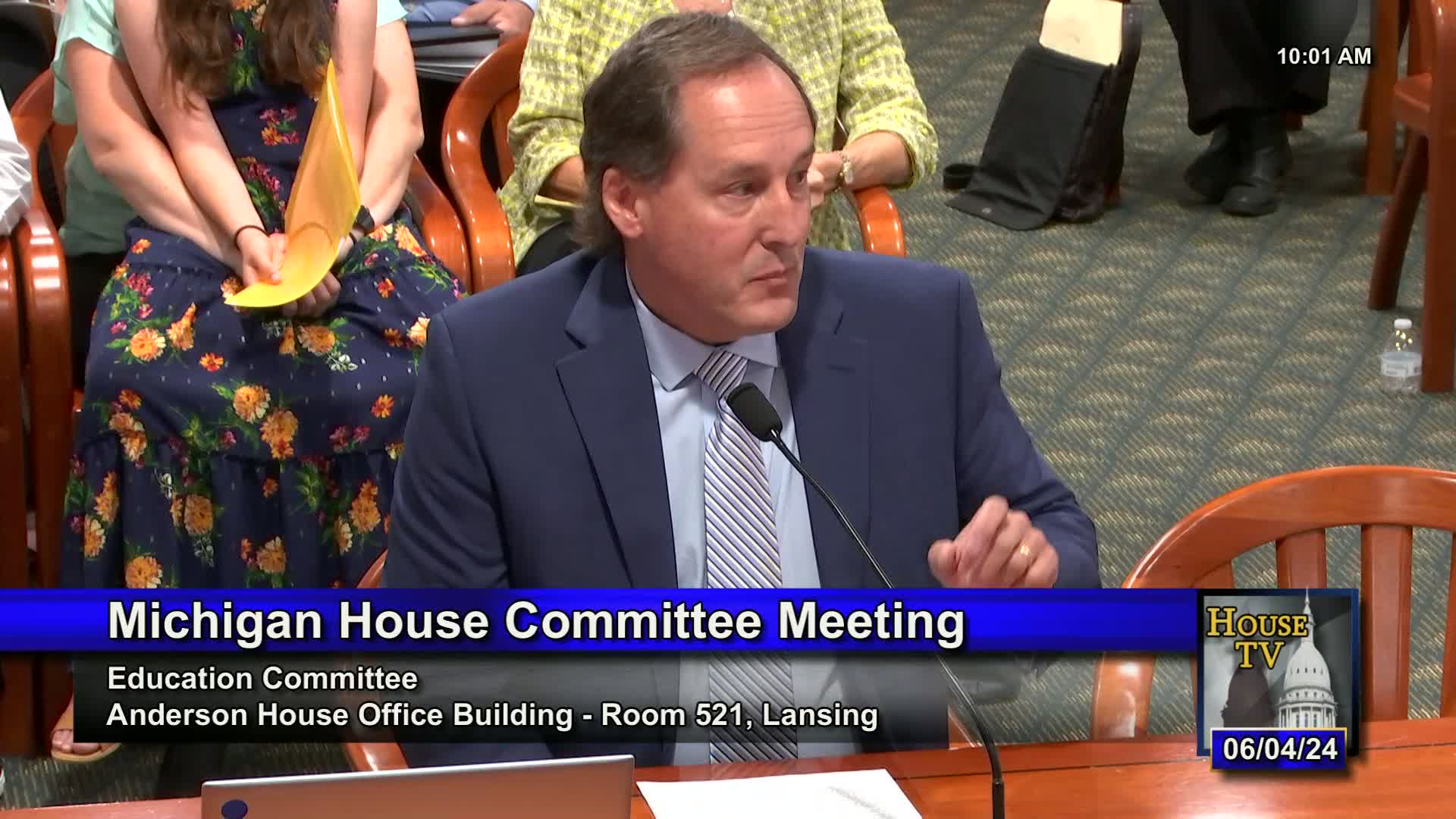Lawmakers debate critical dyslexia bill amid funding concerns
June 04, 2024 | Education, Boards and Commissions, Organizations , Executive, Michigan

This article was created by AI summarizing key points discussed. AI makes mistakes, so for full details and context, please refer to the video of the full meeting. Please report any errors so we can fix them. Report an error »

During a recent government meeting, concerns were raised regarding the proposed bill addressing dyslexia and its implications for education. A key point of contention was the bill's broad definition of dyslexia, described as a neurobiological reading disability that complicates the understanding of reading fluency. Critics highlighted that this vague definition could hinder effective screening processes, particularly for students in grades 4 to 12, where specific behavioral components are required for assessment.
Experts referenced a meta-analysis by Elliott and Krigingko, which noted the lack of a consistent definition of dyslexia, suggesting that the bill may further obscure the issue. The discussion emphasized the challenges of screening for a broad disability without clear parameters, likening it to the difficulties of screening for various forms of heart disease without specificity.
Another significant concern was the bill's omission of critical elements from the science of reading, which outlines essential components for developing proficient readers. The absence of these elements could lead to confusion among curriculum and assessment companies, potentially perpetuating existing educational challenges.
Additionally, the importance of early intervention was underscored, with references to Michigan's Great Start Readiness Program. However, participants noted that the current curriculum guidelines do not support prescriptive teaching methods necessary for addressing dyslexia effectively.
The meeting also touched on the potential financial strain the bill could impose on educational funding and the existing staffing shortages in schools. Stakeholders expressed a desire to collaborate on refining the bill to ensure it effectively addresses the needs of students with dyslexia while considering the practical implications for educators and resources.
Experts referenced a meta-analysis by Elliott and Krigingko, which noted the lack of a consistent definition of dyslexia, suggesting that the bill may further obscure the issue. The discussion emphasized the challenges of screening for a broad disability without clear parameters, likening it to the difficulties of screening for various forms of heart disease without specificity.
Another significant concern was the bill's omission of critical elements from the science of reading, which outlines essential components for developing proficient readers. The absence of these elements could lead to confusion among curriculum and assessment companies, potentially perpetuating existing educational challenges.
Additionally, the importance of early intervention was underscored, with references to Michigan's Great Start Readiness Program. However, participants noted that the current curriculum guidelines do not support prescriptive teaching methods necessary for addressing dyslexia effectively.
The meeting also touched on the potential financial strain the bill could impose on educational funding and the existing staffing shortages in schools. Stakeholders expressed a desire to collaborate on refining the bill to ensure it effectively addresses the needs of students with dyslexia while considering the practical implications for educators and resources.
View full meeting
This article is based on a recent meeting—watch the full video and explore the complete transcript for deeper insights into the discussion.
View full meeting
